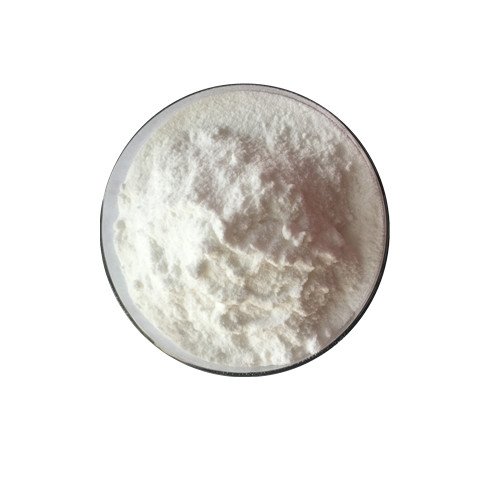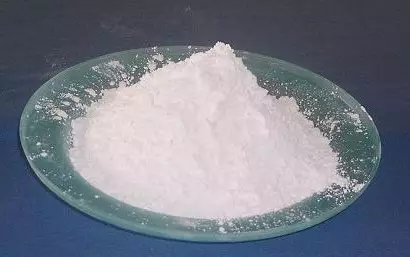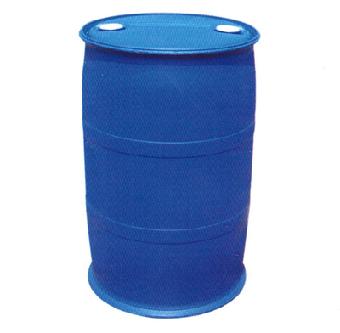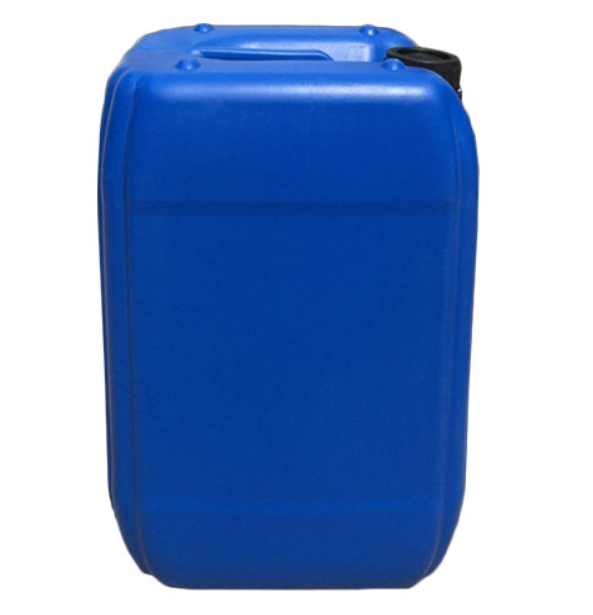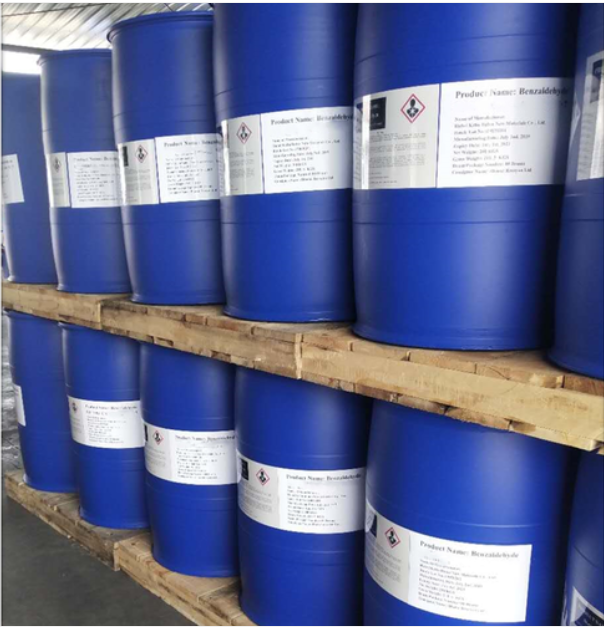Pharmaceutical Raw Materials
Veterinary API
Antiallergic Drugs
Hormones and Endocrine Drugs
Drug Metabolism
Pharmaceutical Intermediates
Synthetic Anti Infective Drugs
Specialty Drugs
Vitamins and Minerals Medicines
Feed Drug Additive
Antineoplastic Agents
Nervous System Drugs
Respiratory Drugs
Diagnostic Agents
Anti Stress Drugs
Antipyretic Analgesics
Antiparasitic Drugs
Circulatory System Drugs
Biochemicals
Blood System Drugs
Immune System Medication
Pharmaceutical Excipients
Fluid, Electrolyte, and Acid-Base Balance
Urinary System Drugs
Antibiotics
Anesthetic Agents
Inhibitors
Other Chemical Drugs
Digestive System Drugs
CAS:136470-78-5
Molecular Formula:C14H18N6O
Alias
More Information
(1S,4R)-4-[2-Amino-6-(Cyclopropylamino)-9H-Purin-9-Yl]-2-Cyclopentene-1-Methanol; Abacavir; Ziagen; Abacavir Sulfate; Unii-Wr2Tip26Vs; Abacavir (See A105000)
Brief Introduction
Abacavir API is often used as an AIDS adjuvant.
Suppliers
View More Vendors (2) >
CAS:137-58-6
Molecular Formula:C14H22N2O
Alias
More Information
2-(Diethylamino)-N-(2,6-Dimethylphenyl)-Acetamide; 2-Diethylaminoacet-2,6-Xylidide; A-Diethylamino-2,6-Acetoxylidide; N1-(2,6-Dimethylphenyl)-N2,N2-Diethylglycinamide
Brief Introduction
The product is an amide local anesthetic. It is widely used in surface anesthesia, infiltration anesthesia, conduction anesthesia and epidural anesthesia.
Suppliers
View More Vendors (2) >
CAS:13811-71-7
Molecular Formula:C8H14O6
Alias
More Information
(2S,3S)-Diethyl 2,3-Dihydroxysuccinate; Butanedioic Acid, 2,3-Dihydroxy-, Diethyl Ester, [S-(R*,R*)]-; D-(-)-Tartaric Acid Diethyl Ester; Diethyl-D-Tartrate
Brief Introduction
Diethyl (2S,3S)-2,3-dihydroxybutanedioate is mainly used in the synthesis of chiral drugs, chiral intermediates and asymmetric catalysis. It is also used in food and animal feed.
Suppliers
View More Vendors (2) >
CAS:138526-69-9
Molecular Formula:C6H2BrF3
Alias
More Information
1,2,3-Trifluoro-5-Bromobenzene; 1-Bromo-3,4,5-Triflurobenzene; 3,4,5-Trifluorobromobenzene; 5-Bromo-1,2,3-Trifluorobenzene; 1-Bromo-3,4,5-Trifluorobenzene; 1-Brom-3,4,5-Trifluorbenzol; 3,4,5-Ttrifluorobromobenzene; 5-Trifluorobromobenzene; 3,4,5-Trifluoro-1-Bromobenzene; 1-Bromo-3,4,5-Trifluoribenzene; Benzene, 5-Bromo-1,2,3-Trifluoro-; 1-Bromo-3, 4, 5-Trifluorobenzene
Brief Introduction
This product is mainly used as pharmaceutical intermediates.
Suppliers
View More Vendors (2) >
CAS:14080-23-0
Molecular Formula:C5H3N3
Alias
More Information
2-Cynopyrimidine; 2-Cpy; Pyrimidin-2-Carbonitrile; 2Cpm; 2-Pyrimidinecarbonitrile; 2-Pyrimidinenitrile; Pyrimidine-2-Carbonitrile; 2-Pyrimidinecarbonitrile (6Ci,7Ci,8Ci,9Ci)
Brief Introduction
2-Cyanopyrimidine is a key intermediate in the synthesis of bosentan. Bosentan is a kind of drug for the treatment of pulmonary hypertension, which is suitable for the treatment of patients with pulmonary hypertension (PAH) of who functional classification II-IV (who group 1), in order to improve the exercise ability of patients and reduce clinical deterioration. Studies supporting the effectiveness of this product mainly included patients with idiopathic or hereditary PAH (60%) of who functional classification II-IV, PAH associated with connective tissue disease (21%) and PAH associated with left to right shunt congenital heart disease (18%).
Suppliers
View More Vendors (2) >
Inquiry (
10
/ 10
)
Clear All
Sign In
Error!


